Tires are the only part of your vehicle in contact with the road. That is why the importance of proper tire repair procedures and training cannot be overstated. According to the National Transportation Safety Board (NTSB), tire failures are responsible for over 600 fatalities and more than 19,000 injuries each year in the United States alone. It is not just a matter of maintenance, but a critical aspect of road safety. Proper tire repair training can not only extend the life of tires but more importantly, save lives.

Police Respond to a Tire-Related Accident
The Risks of Improper Tire Repair
The danger lurking in an improperly repaired tire is often underestimated. A tire repair failure at high speeds can result in catastrophic blowouts and loss of vehicle control. The NTSB has documented numerous incidents where tire malfunction was a contributing factor in road accidents. A well-trained technician can mitigate these risks, ensuring repairs are performed correctly and safely.
Need Your Tire Fixed Fast?
Find A TECH Preferred Shop Near You!
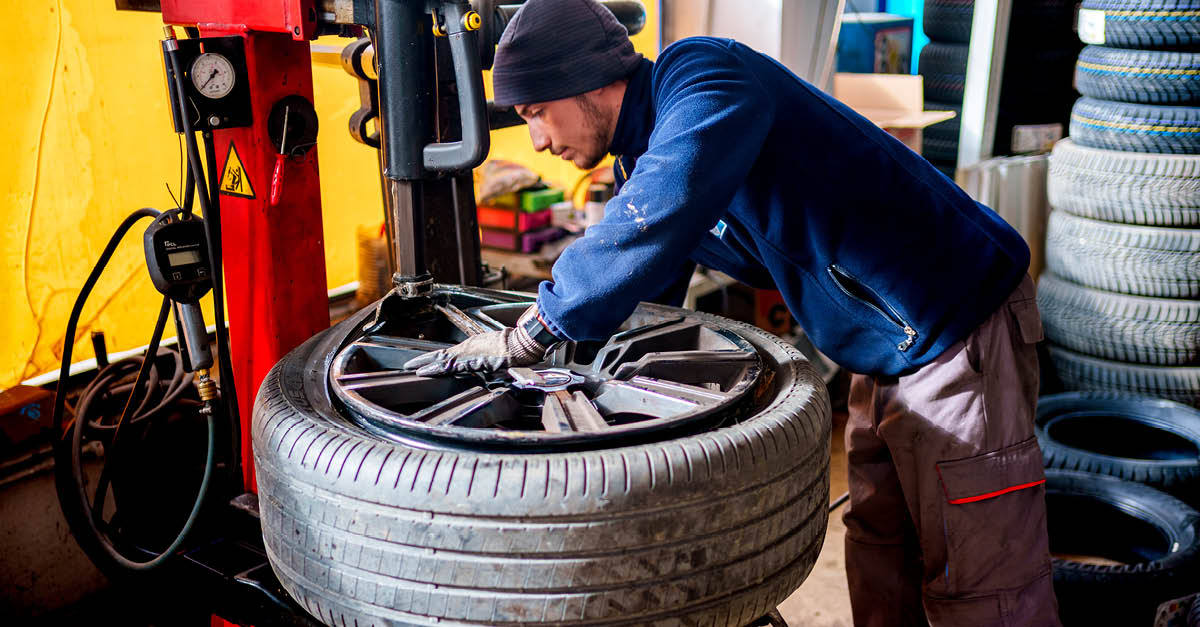
Start by Demounting the Tire
What is Proper Tire Repair?
The Tire Industry Association (TIA) established a series of guidelines that define the industry standard for proper tire repair. These standards ensure that proper tire repairs are not just temporary fixes but reliable, permanent repairs that last the life of the tire. Just a few of these guidelines include:
- The tire must be demounted for proper inspection from the inside.
- The puncture or injury must be filled with a repair stem and chemically vulcanized to the injury channel using self-vulcanizing cement.
- The repair stem must be backed with a repair patch. This can be achieved with a one-piece, combination patch/plug or a two-piece method.
- The inner liner of the tire must be buffed to a rough texture to allow maximum adherence of the patch and vulcanizing cement.
- Once installed, the area around the patch must be sealed with an inner liner sealer.
For more information on proper tire repair, see our article outlining TECH’s R.E.P.A.I.R. method.
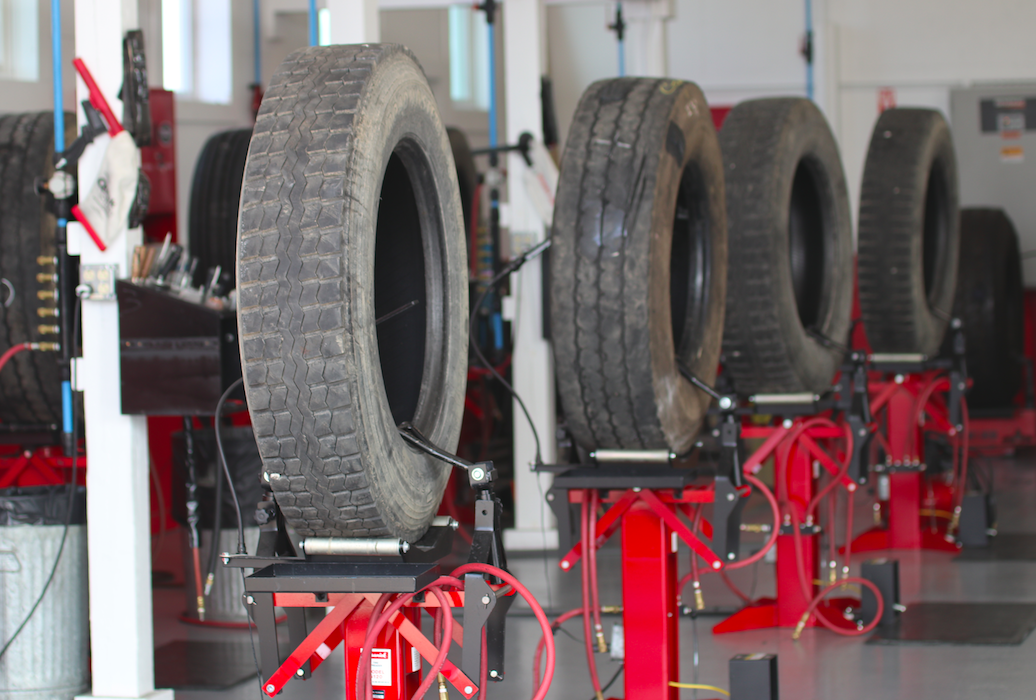
Choose a Shop that Trains its Techs
Find a Tire Service Shop that Understands the Importance of Training
It is important to find a tire service shop that understands the importance of tire repair training. TECH is in the process of establishing a network of TECH Preferred Shops. You can also ask the shop what training and certification their technicians have received.
Training programs (such as those offered by TIA) cover everything from basic patching to complex repairs on different tire models and makes. Certification from such programs signals a technician’s commitment to excellence and safety—a reassurance for consumers looking for trustworthy repair services.
Not All Tire Punctures and Damage can be Repaired
Tire repair is more than just mindlessly plugging a nail hole; it involves an understanding of repairable and non-repairable conditions. Training helps technicians understand when it is safe to repair a tire and when the tire should be replaced.
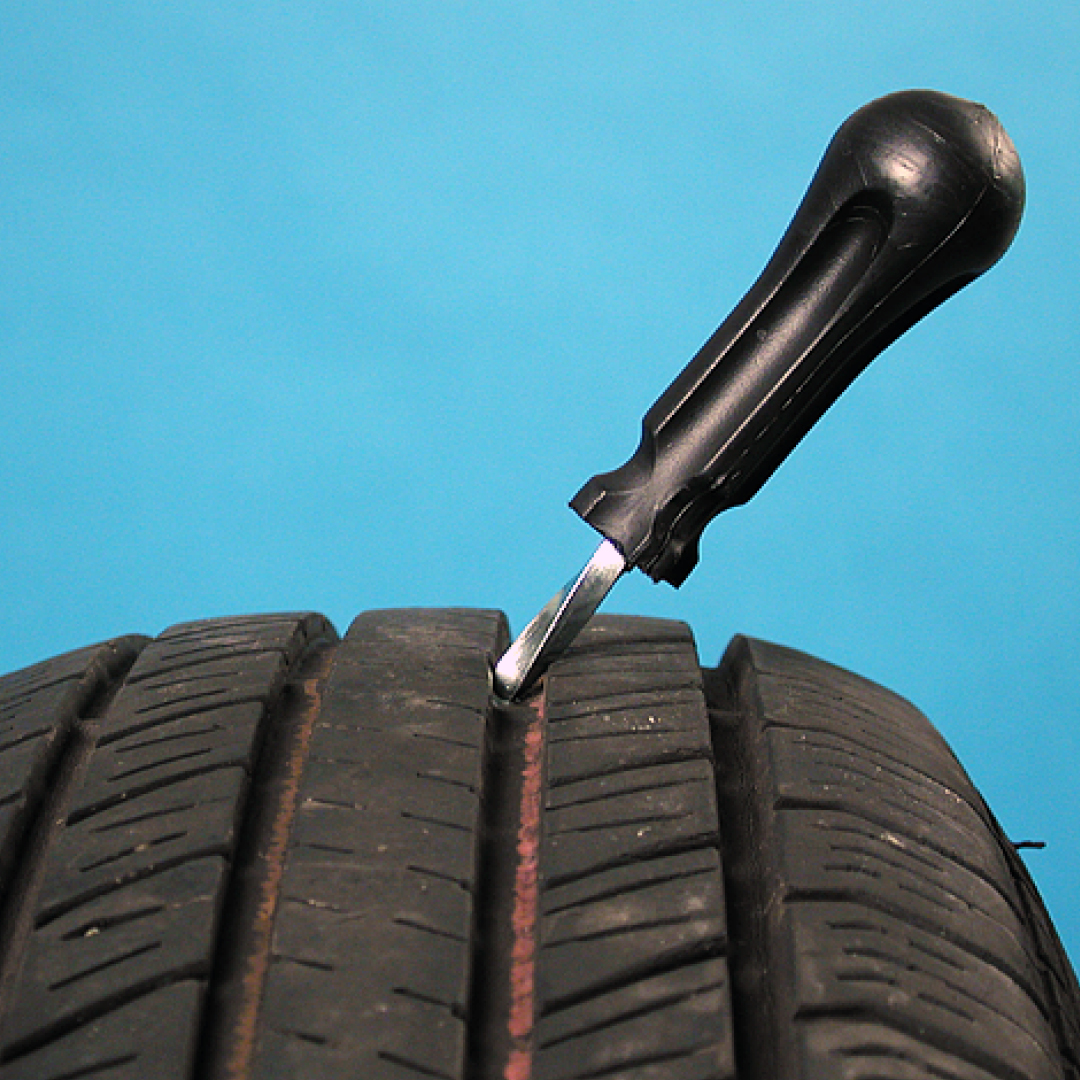
Not all Damage can be Repaired
The Economic and Environmental Impact
Beyond safety, proper tire repair training has significant economic and environmental benefits. Well-maintained tires are less likely to suffer premature wear, saving consumers money on early replacements. Additionally, efficient tires contribute to better fuel economy and reduced emissions, making tire maintenance an eco-conscious choice.
Keeping up with the Latest Tire Repair Technology
As tires evolve with new materials and designs, the importance of staying current with repair techniques grows. TECH is heavily involved with TIA in helping evolve training programs with these advancements; preparing technicians to handle the latest tire models and repair challenges like: EV sound-suppression tires, self-sealing tires and non-pneumatic tires.
The connection between proper tire repair training and road safety is clear. By investing in certified training, repair shops are not only enhancing their service quality but also contributing to safer roads for everyone. For more information on tire repair standards and technician training, we invite you to sign up for our newsletter.

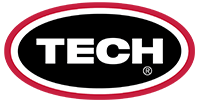
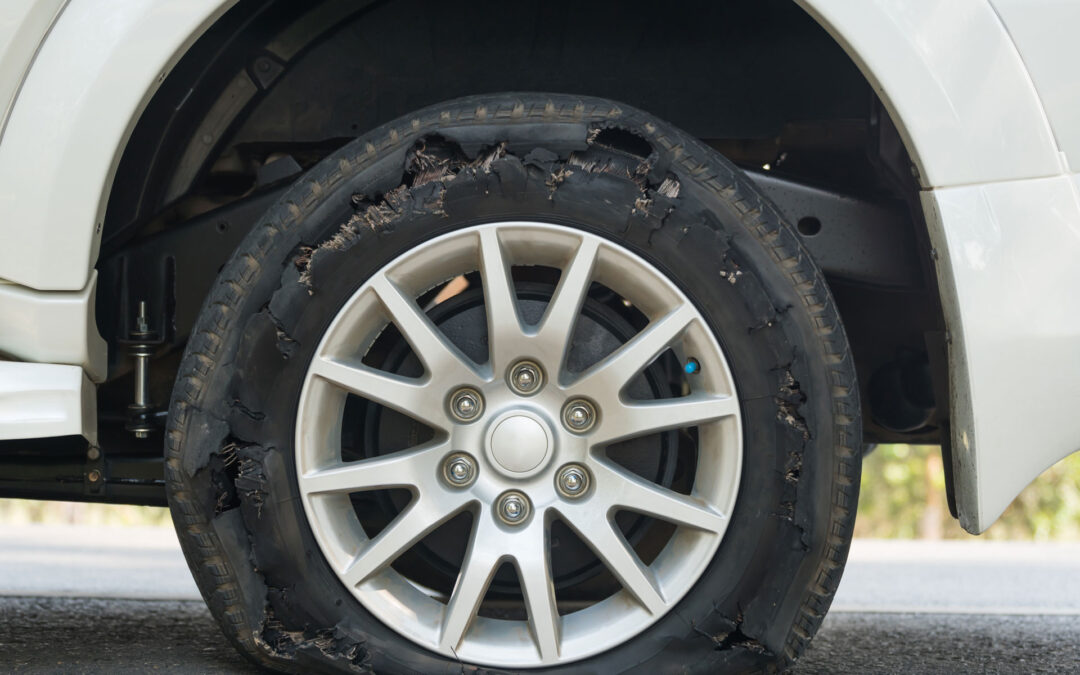
Recent Comments